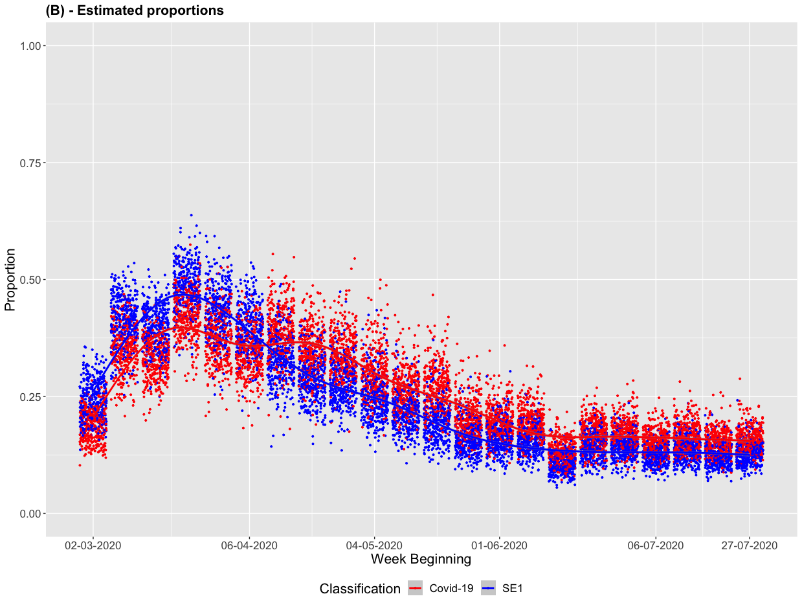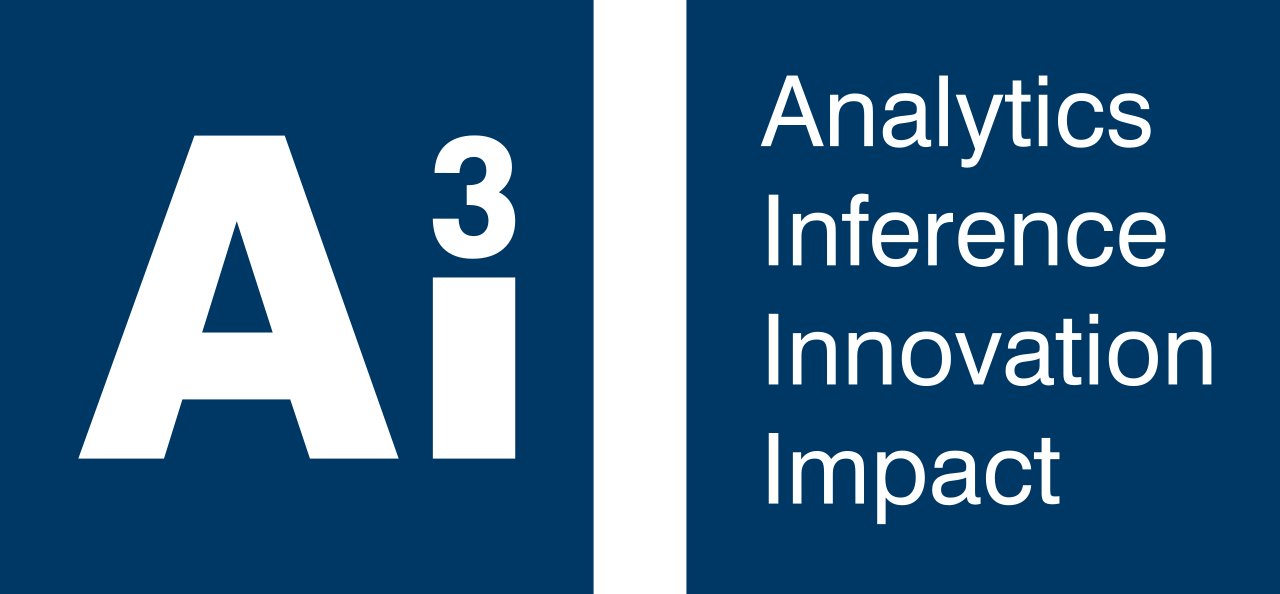Quantifying the spatio-temporal variation in disease risk

Population-level disease risk varies between different communities as well as over time, and quantifying this spatio-temporal variation informs public health policy. One example of this involves identifying the locations of high-risk sub-regions, which allows health resources to be targeted at communities with the greatest needs. A second example involves quantifying the changing nature of health inequalities, which measure the differences in disease risk between rich and poor communities. The reduction of health inequalities is a priority for the Scottish Government, as well as being a barometer of the fairness of society. A third example is quantifying the effects of a range of “exposures” on the health of society, which could be environmental exposures such as air pollution or social exposures such as poverty. A final example is the surveillance of how disease prevalence changes over space and time, so that outbreaks can be quickly identified. This research group has worked on these topics in collaboration with Public Health Scotland, focusing on issues such as Covid-19 surveillance and the health impacts of air pollution.

Researchers
Publications
- A Bayesian space-time model for clustering areal units based on their disease trends, Biostatistics, 20 (2019).
- Estimating the changing nature of Scotland's health inequalities by using a multivariate spatiotemporal model, Journal of the Royal Statistical Society, 182 (2) (2019)
- Quantifying the small-area spatio-temporal dynamics of the Covid-19 pandemic in Scotland during a period with limited testing capacity. Spatial Statistics, 49 100508 (2022).
- Quantifying the impact of air pollution on Covid-19 hospitalisation and death rates in Scotland. Spatial and Spatio-temporal Epidemiology, 100523 (2022).
- Delivering spatially comparable inference on the risks of multiple severities of respiratory disease from spatially misaligned disease count data. Biometrics (2022).

